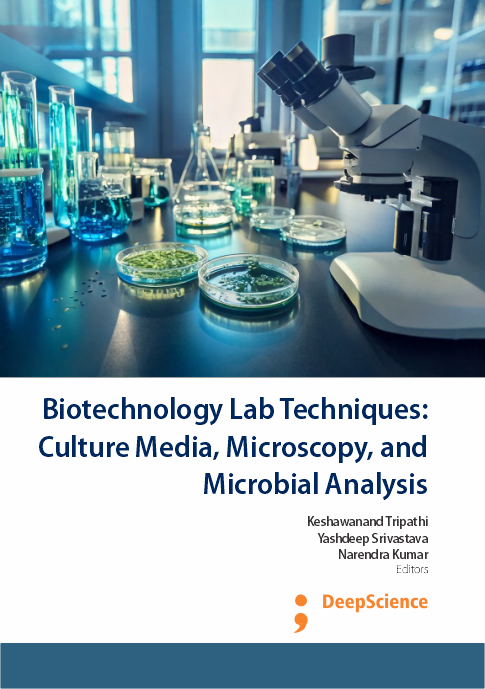Experimental demonstration of transpiration pull: Mercury method for measuring xylem water transport
Synopsis
Transpiration pull refers to the tension generated within the xylem elements of plants due to transpiration, facilitating the upward movement of water against gravity (Dixon, and Joly, 1894). Several theories have been proposed to elucidate this phenomenon, including Capillarity, Imbibition, Atmospheric Pressure, Root Pressure, Vital, and Cohesion theories. Among these, the Cohesion theory, proposed by H. H. Dixon and J. Jolly in 1894, is widely accepted. According to this theory, the ascent of sap relies on three fundamental elements: the driving force, adhesion or hydration, and cohesion of water. The driving force is the gradient in water potential from the soil through the plant to the atmosphere (Hopkins, and Hüner, 2008;Yadav et al 2023). Adhesion, cohesion, and high tensile strength of water, attributed to hydrogen bonding, allow it to be pulled to the top of a tree by the driving force (Scholander et al., 1965; Tripathi et al., 2018).














